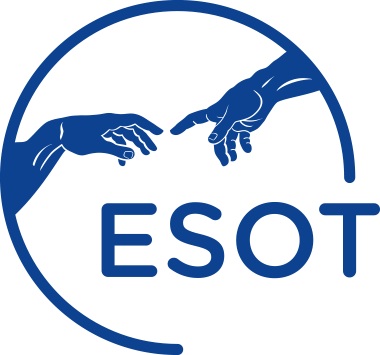- Transplantation. 1995 Jul 15; 60(1):45-9.
- Abstract
- Pubmed Link
Recurrent rejection is an uncommon, severe complication after heart transplantation that is associated with a poor long-term prognosis. Photopheresis (ECP), a new form of extracorporeal photo-chemotherapy used for the treatment of cutaneous T cell lymphoma and several autoimmune diseases, has also been used for prevention and treatment of acute rejection in heart transplant recipients. It seems to induce specific suppression of both cellular and humoral rejection. In this study, we evaluated whether ECP added to standard therapies allowed better control of rejection and reduction of conventional immunosuppressive drugs in patients with repeated rejection episodes. Eight heart transplant recipients (6 men and 2 women, mean age 48 yr), with recurrent rejection were treated with ECP for 6 months. Endomyocardial biopsies (EMB) were performed monthly. As a result of treatment, 7 patients on ECP experienced a reduction of the number and severity of rejection episodes. The fraction of EMB negative for rejection increased from 13 to 41%, whereas the fraction of specimens with multifocal and/or diffuse moderate lymphocytes infiltration (grades 3A and 3B) decreased from 41 to 21%. ECP allowed reductions of daily immunosuppressive therapy: prednisone by 44% (16.9 vs. 9.4 mg), cyclosporine by 21% (366 vs. 291 mg), and azathioprine by 29% (137 vs. 97 mg). No major side effects were observed. We conclude that, although the number of patients is small, the use of ECP was safe and associated with improved control of recurrent rejection. This allowed tapering of immunosuppressive drugs, which was particularly useful in two patients with insulin-dependent diabetes and one with sternal wound osteomyelitis.
BACKGROUND:
There is no standard definition for “HLA incompatible” transplants. For the first time, we systematically assessed how HLA incompatibility was defined in contemporary peer-reviewed publications and its prognostic implication to transplant outcomes.
METHODS:
We combined 2 independent searches of MEDLINE, EMBASE, and the Cochrane Library from 2015 to 2019. Content-expert reviewers screened for original research on outcomes of HLA-incompatible transplants (defined as allele or molecular mismatch and solid-phase or cell-based assays). We ascertained the completeness of reporting on a predefined set of variables assessing HLA incompatibility, therapies, and outcomes. Given significant heterogeneity, we conducted narrative synthesis and assessed risk of bias in studies examining the association between death-censored graft failure and HLA incompatibility.
RESULTS:
Of 6656 screened articles, 163 evaluated transplant outcomes by HLA incompatibility. Most articles reported on cytotoxic/flow T-cell crossmatches (n = 98). Molecular genotypes were reported for selected loci at the allele-group level. Sixteen articles reported on epitope compatibility. Pretransplant donor-specific HLA antibodies were often considered (n = 143); yet there was heterogeneity in sample handling, assay procedure, and incomplete reporting on donor-specific HLA antibodies assignment. Induction (n = 129) and maintenance immunosuppression (n = 140) were frequently mentioned but less so rejection treatment (n = 72) and desensitization (n = 70). Studies assessing death-censored graft failure risk by HLA incompatibility were vulnerable to bias in the participant, predictor, and analysis domains.
CONCLUSIONS:
Optimization of transplant outcomes and personalized care depends on accurate HLA compatibility assessment. Reporting on a standard set of variables will help assess generalizability of research, allow knowledge synthesis, and facilitate international collaboration in clinical trials.


